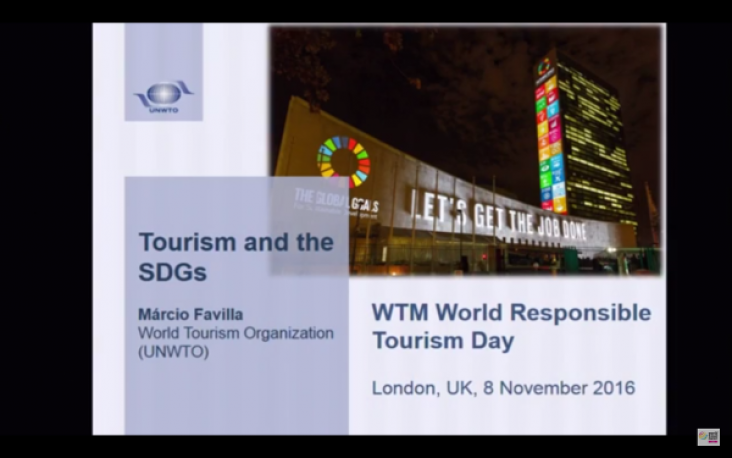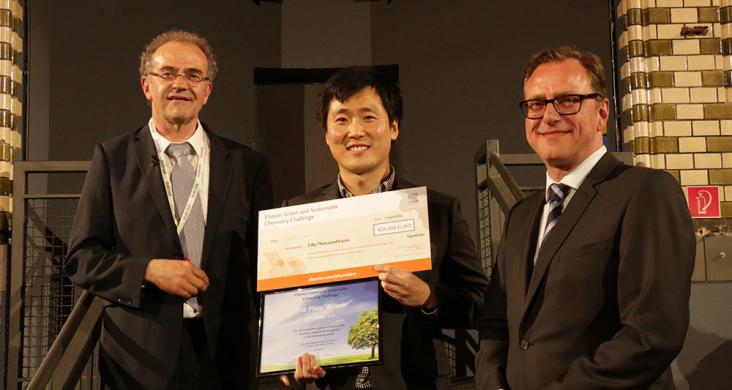The Blueprint for Business Leadership on the SDGs aims to inspire all business — regardless of size, sector or geography — to take leading action in support of the achievement of the Sustainable Development Goals (SDGs). It illustrates how the five leadership qualities of Ambition, Collaboration, Accountability, Consistency, and Intentional can be applied to a business' strategy, business model, products, supply chain, partnerships, and operations to raise the bar and create impact at scale. The Blueprint is a tool for any business that is ready to advance its principled approach to SDG action to become a leader. This chapter relates specifically to SDG 12.

2017 is the UN’s International Year of Sustainable Development through Tourism, the spotlight is going to be shone on the industry’s contribution to sustainable development in destinations. Businesses in the sector, in originating markets and destinations, often talk about the contribution that the industry makes to development in destinations. But when the spotlight is shone what evidence will we have to share with the UN and other sectors? How convincing is our case? What evidence can we provide that out contribution is real and significant?
Israeli startup tech firm SuperMeat is attracting substantial crowd funding to support its development of chicken meat grown in a laboratory. This technological solution could open the door to an affordable and sustainable source of human food. Developing sustainable sources of conventional meat will contribute to the advancement of SDG 12.2 to achieve sustainable management and efficient use of natural resources in the food sector and address SDG 2 zero hunger.

Growing demands from brand owners and consumers for fibres and textiles that are more environmentally friendly are now creating a huge market for bio-based polymers produced using renewable feedstocks. The textile and packaging industries have a significant impact on the environment: this report highlights how recent developments in new materials support SDG 9 Industry, Innovation and Infrastructure, and SDG 7 Affordable and Clean Energy.

This article highlights the winning proposals of the first edition of the Elsevier Foundation Green & Sustainable Chemistry Challenge. The winning proposals were chosen for their innovative green chemistry aspects and their large positive impact on the environment, contributing to SDGs 6, 12 and 15.
The discussion links Principle 5 of the Women’s Empowerment Principles (WEPs), which encourages companies to expand on their business connections with women-owned enterprises, to advance Goal 5
This series examines trends in participation in the Caring for Climate initiative, including emissions performance of companies, as well as progress companies have made against the five commitments endorsed by all signatories in the Caring for Climate Leadership Statement. By providing this analysis, Caring for Climate seeks to remind signatories of their progress towards a building a low-carbon society and to encourage greater participation in the initiative, supporting goals 12,13,14 and 15.
Linking to Goal 12, this webinar reveals new ideas for how to create better visibility into supply chains in the apparel industry.
Linking to Goal 12, this webinar provides an overview on how sustainable supply chain practices contribute to the SDGs
This white paper explores the links between goal 6 (Clean Water and Sanitation) and goal 12 (Responsible Consumption and Production). It discusses how business can play their part in increasing access to Water, Sanitation and Hygiene (WASH) with an emphasis on WASH delivery for workers in the supply chain.
